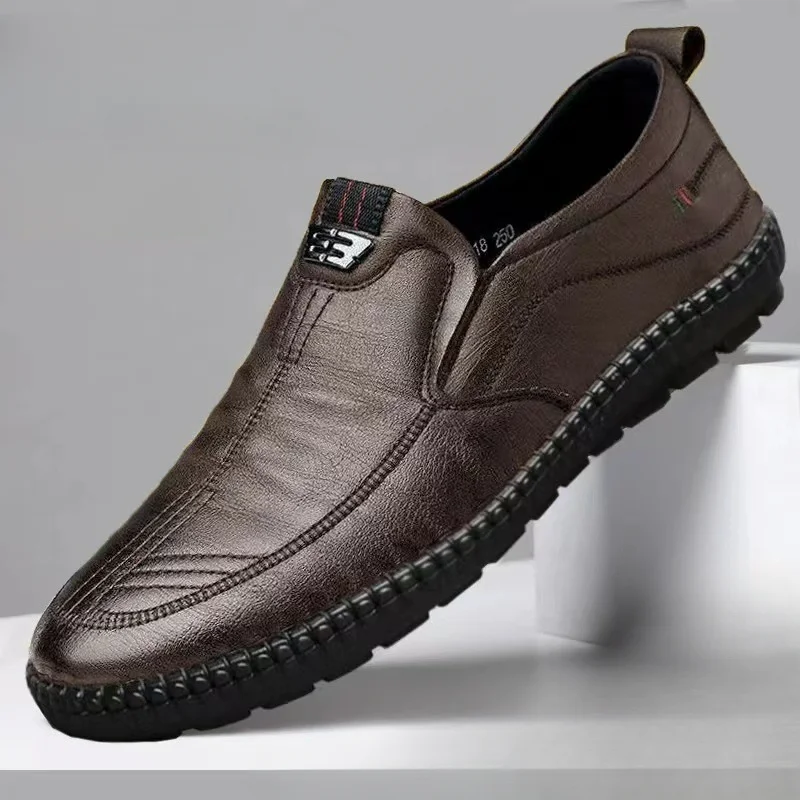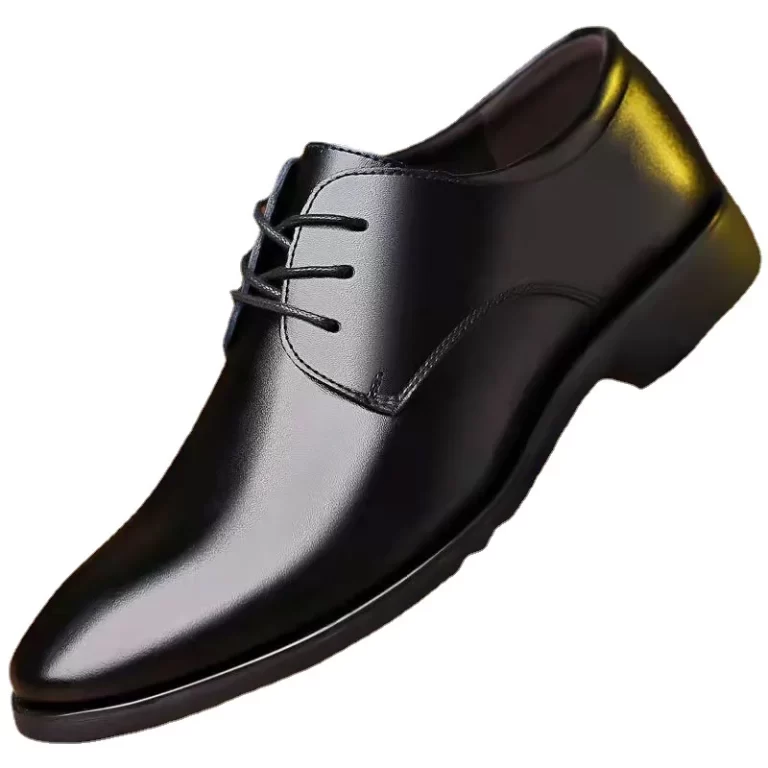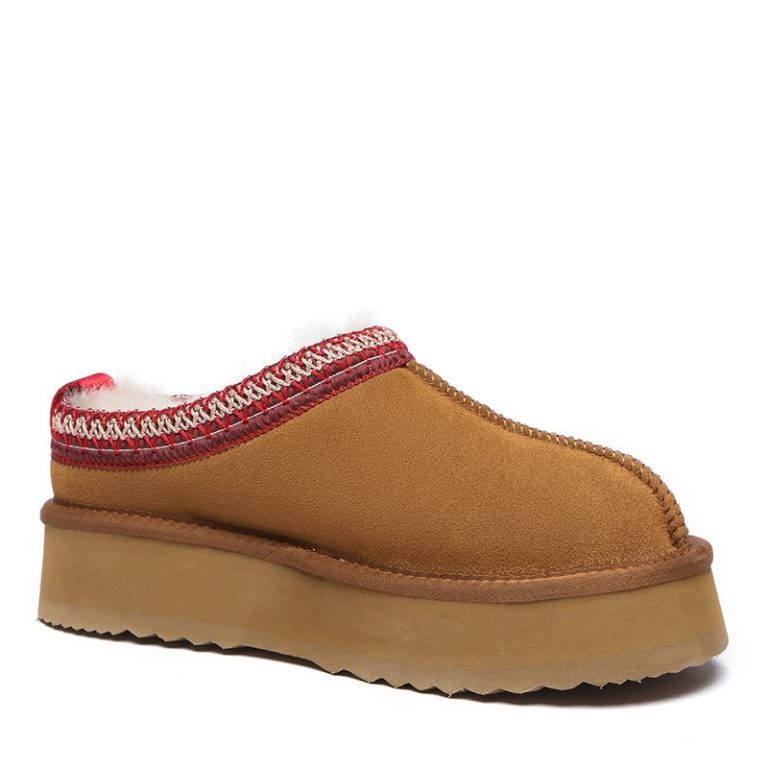Understanding the Problem: Mold on Leather Shoes
Leather shoes are prized for their durability and classic appeal, but they are not immune to mold. How to clean mold off leather shoes? Mold can develop on leather shoes when they are exposed to high humidity, damp conditions, or improper storage. Mold spores thrive in these environments, leading to unsightly stains and potential damage. Mold can cause the leather to deteriorate, lose its natural oils, and become less flexible. Addressing mold promptly is crucial to preserving the condition and appearance of your leather shoes.
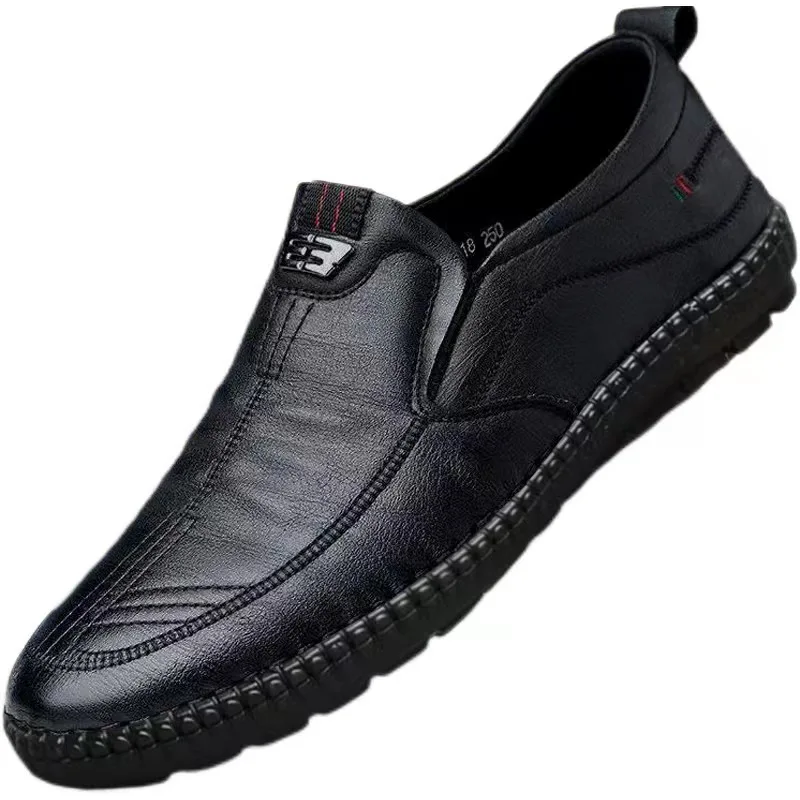
Why Mold Forms on Leather Shoes
Mold forms on leather shoes primarily due to moisture and humidity. Leather is a porous material, which means it can absorb moisture from the air. When leather shoes are stored in damp or humid environments, such as basements or poorly ventilated areas, they become susceptible to mold growth. Additionally, if leather shoes get wet and are not dried properly, mold can develop. Proper storage and regular maintenance can help prevent mold formation.
Identifying Mold on Leather Shoes
Before you can clean mold off your leather shoes, you need to identify it correctly. Mold usually appears as dark spots or patches on the leather surface. These spots can range in color from black to green or white, depending on the type of mold. Mold can also produce a musty smell. If you notice these signs, it’s important to act quickly to prevent further damage. Ignoring mold can lead to more extensive damage and make the cleaning process more difficult.
Initial Steps to Clean Mold Off Leather Shoes
Preparing the Cleaning Area
Before you begin cleaning mold off your leather shoes, it’s important to prepare your cleaning area. Choose a well-ventilated space where you can work comfortably. Open windows or use a fan to ensure good airflow. Wear protective gloves and a mask to avoid inhaling mold spores, which can be harmful to your health. Clear the area of any unnecessary items to prevent contamination and make the cleaning process more efficient.
Removing Loose Mold with a Brush
The first step in cleaning mold from leather shoes is to remove loose mold. Use a soft-bristled brush, such as a suede brush or an old toothbrush, to gently brush away the mold. Brush in a well-ventilated area and be cautious not to spread the mold spores to other surfaces. Gently brush the affected areas, removing as much of the mold as possible. This step helps to prepare the leather for more thorough cleaning.
Cleaning Mold Off Leather Shoes
Using a Leather Cleaner
After removing loose mold, the next step is to clean the leather with a specialized leather cleaner. Choose a cleaner that is designed for leather and has mold-fighting properties. Apply a small amount of the cleaner to a soft cloth or sponge. Gently rub the cleaner onto the affected areas in a circular motion. Avoid using excessive water, as too much moisture can further damage the leather. Clean the entire surface to ensure that all mold residues are removed.
Applying a Mold-Killing Solution
In addition to leather cleaner, you may need to use a mold-killing solution to ensure that all mold spores are eliminated. A mixture of white vinegar and water can be effective in killing mold. Combine equal parts of white vinegar and water in a spray bottle. Lightly spray the affected areas of the leather shoes with the solution. Do not saturate the leather; instead, apply the solution sparingly. Use a clean cloth to wipe away the solution and any remaining mold residues. Allow the shoes to dry completely before proceeding to the next step.
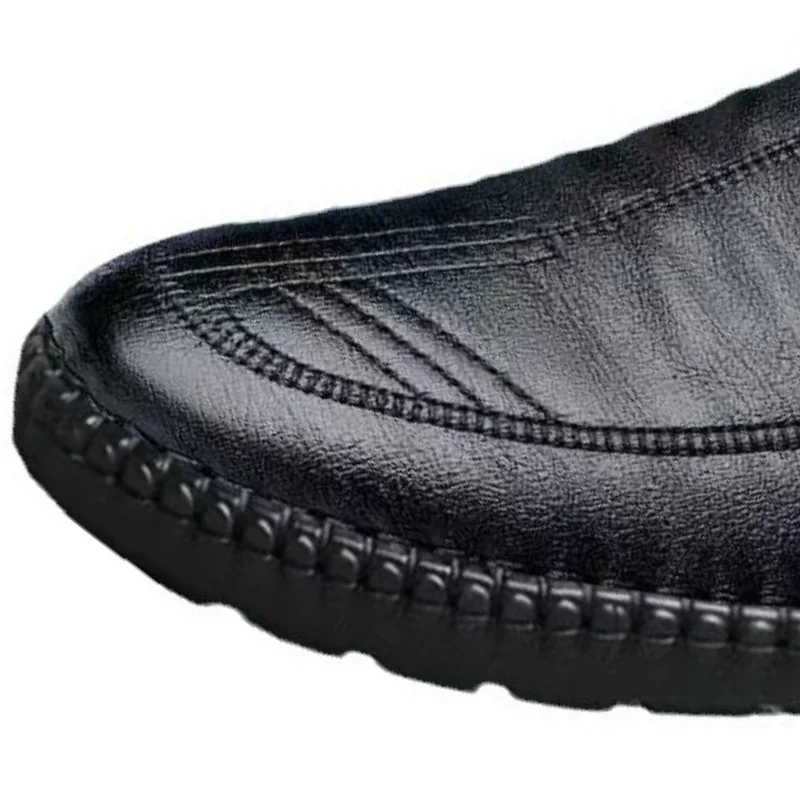
Drying the Leather Shoes
Proper drying is crucial in preventing mold from reappearing. After cleaning, let the leather shoes air dry in a well-ventilated area. Avoid placing them in direct sunlight or using heat sources like hairdryers, as excessive heat can damage the leather. If possible, insert shoe trees or stuff the shoes with paper to help them maintain their shape and absorb any remaining moisture. Ensure that the shoes are completely dry before storing them.
Restoring and Maintaining Leather Shoes
Conditioning the Leather
After cleaning and drying, it’s important to restore the leather’s natural oils and flexibility. Apply a high-quality leather conditioner to the shoes. Leather conditioner helps to replenish the oils lost during the cleaning process and keeps the leather supple. Use a soft cloth to apply the conditioner in a circular motion, ensuring even coverage. Allow the conditioner to absorb into the leather for the recommended time, then buff the surface with a clean cloth to remove any excess.
Preventing Future Mold Growth
To prevent mold from returning, it’s essential to store your leather shoes properly and maintain a dry environment. Store your shoes in a cool, dry place with good ventilation. Avoid storing them in damp or humid areas, as this can promote mold growth. Use dehumidifiers or moisture absorbers in areas with high humidity to keep the environment dry. Regularly inspect your leather shoes for signs of mold and address any issues promptly.
Regular Cleaning and Maintenance
Regular cleaning and maintenance can help prevent mold and keep your leather shoes in good condition. Clean your shoes regularly using appropriate leather care products and follow the manufacturer’s instructions. Remove any dirt or debris promptly to prevent it from damaging the leather. Conditioning the leather every few months will help maintain its appearance and durability. By following these practices, you can extend the lifespan of your leather shoes and keep them looking their best.
Troubleshooting Common Issues
Persistent Mold Stains
If mold stains persist after cleaning, they may be more deeply ingrained in the leather. In such cases, consider using a specialized leather stain remover designed for tough stains. Follow the product instructions carefully, and test it on a small, inconspicuous area of the shoe first to ensure it doesn’t damage or discolor the leather. For severe cases, seeking professional leather cleaning services might be the best option.
Odor from Mold
Even after cleaning, mold can sometimes leave a lingering musty odor. To combat this, you can use a mixture of water and a few drops of essential oil, such as tea tree oil or lavender, which has antifungal properties. Lightly spray this mixture inside the shoes, making sure not to over-saturate them. Allow the shoes to dry thoroughly. Alternatively, using activated charcoal or baking soda inside the shoes can help absorb odors. Simply place the deodorizing agents in the shoes, leave them overnight, and remove them the next day.
Leather Damage
If the leather appears cracked or damaged after cleaning, it might be a result of using too much moisture or harsh cleaning products. To address this, apply a leather repair kit or seek professional leather restoration services. Repair kits often include fillers and color-matching dyes to help restore the leather’s appearance.

Color Bleeding
If you notice any color bleeding or fading after cleaning, it might be due to the leather dye reacting to the cleaning solution. In such cases, you may need to use a color restorer specifically designed for leather. Apply the color restorer as directed, usually after cleaning and conditioning, to match the color and restore uniformity.
Tips for Leather Shoe Care
Regular Inspections
Regularly inspect your leather shoes for any signs of mold, dampness, or damage. Early detection allows for prompt action and prevents minor issues from becoming major problems.
Proper Storage Solutions
Consider using breathable shoe bags or shoe covers made from natural materials to protect your leather shoes from dust and moisture while allowing air circulation. Avoid plastic covers, as they can trap moisture and promote mold growth.
Environmental Control
Maintain a consistent indoor climate to prevent excess humidity. Using a dehumidifier or air purifier can help control moisture levels in your home, especially in areas where you store your shoes.
Rotate Your Shoes
Rotating your shoes can help them stay in good condition. Avoid wearing the same pair every day, as this can lead to excessive wear and moisture buildup. Give each pair time to air out between wears.
Avoid Overexposure to Elements
Protect your leather shoes from extreme weather conditions. Avoid walking in heavy rain or snow, and use waterproofing sprays designed for leather to help protect them from water damage. Clean and dry your shoes thoroughly after exposure to wet conditions.
Conclusion: Keeping Your Leather Shoes Mold-Free
Cleaning mold off leather shoes requires careful attention to detail and proper techniques. By following the steps outlined in this guide, you can effectively remove mold, restore the leather, and prevent future growth. Proper preparation, cleaning, and maintenance are key to preserving the beauty and functionality of your leather shoes. Regular care and mindful storage practices will ensure that your leather shoes remain in excellent condition and continue to serve you well.
